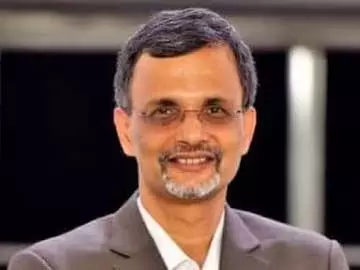Second quarter growth figures disappointing
He expressed confidence that the economy is showing resilience due to stable demand and strong manufacturing and service sector activities. Talking about other bright spots, he said that the labor market is showing signs of growth, the unemployment rate is declining and the formal workforce is expanding, there is a significant increase in jobs in the manufacturing sector and organized sector. There is a strong influx of youth in the areas. He said better growth in labor income is the key to sustained demand growth and capital formation in the private sector. He said global crude oil prices remain low, which bodes well for economic activity and price stability. India's economic growth slowed to a two-year low of 5.4 per cent in the July-September quarter of this fiscal year due to poor performance by the manufacturing and mining sectors as well as weak consumption. Gross domestic product (GDP) grew by 8.1 percent in the July-September quarter of the financial year 2023-24 and by 6.7 percent in the first quarter (April-June 2024) of the current financial year.
The previous GDP growth rate was 4.3 percent, which was recorded in the third quarter (October-December 2022) of the financial year 2022-23. Regarding challenges, Nageswaran said geopolitical conditions remain fragile and may continue to impact domestic inflation, supply chains and capital flows. Rising asset prices globally are a risk factor, he said, adding that exports face greater uncertainties due to potential policy developments elsewhere and the uncertain outlook for monetary policy and economic growth in advanced economies. He said limitations on the capacity of states on capital expenditure, capital-intensive growth in the private corporate sector and the regulatory environment are medium to long-term risk factors for economic growth.


Comments are closed.